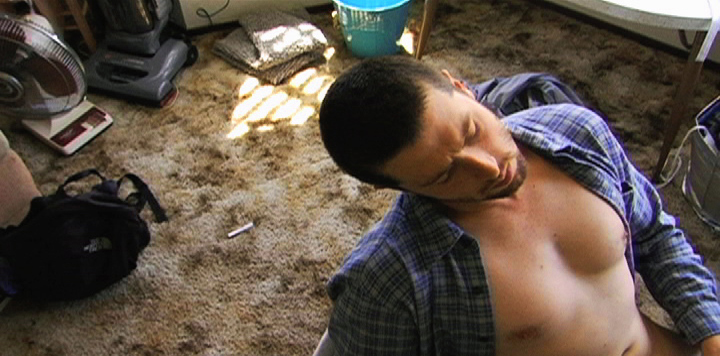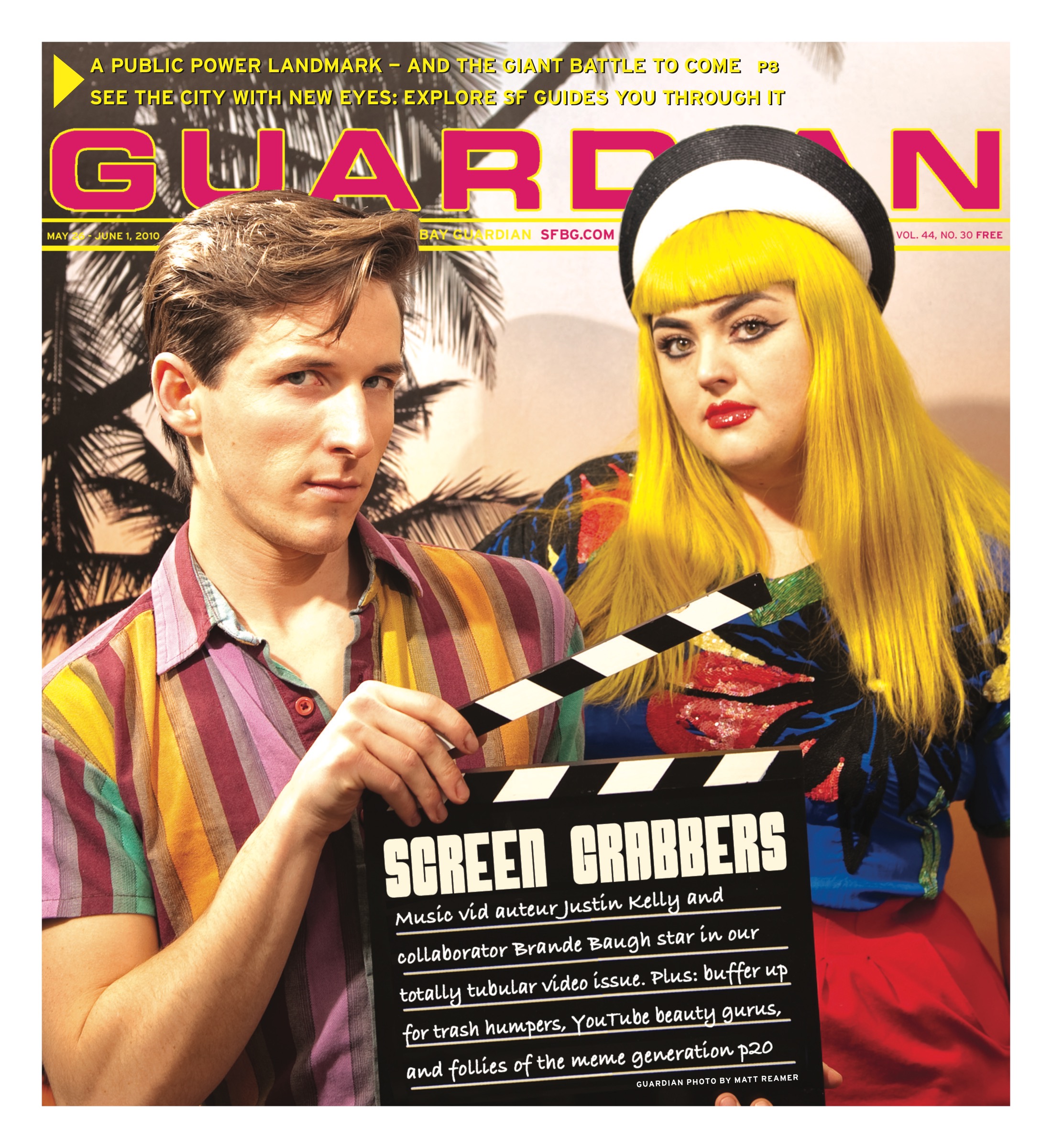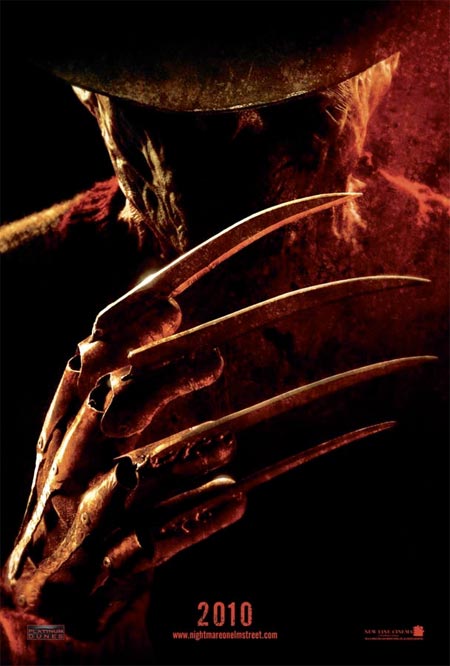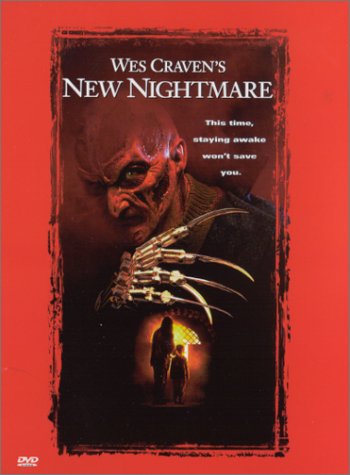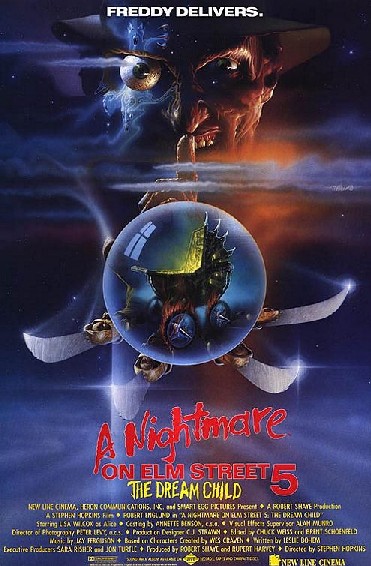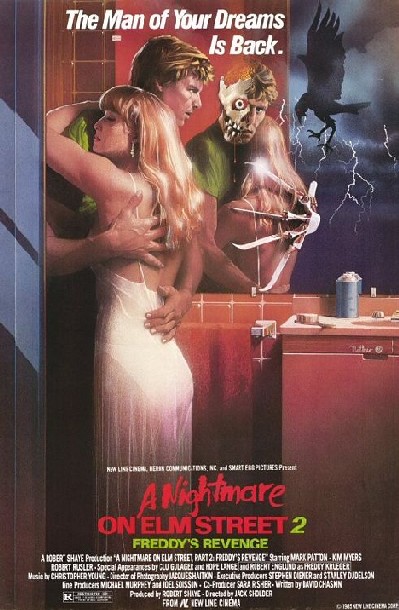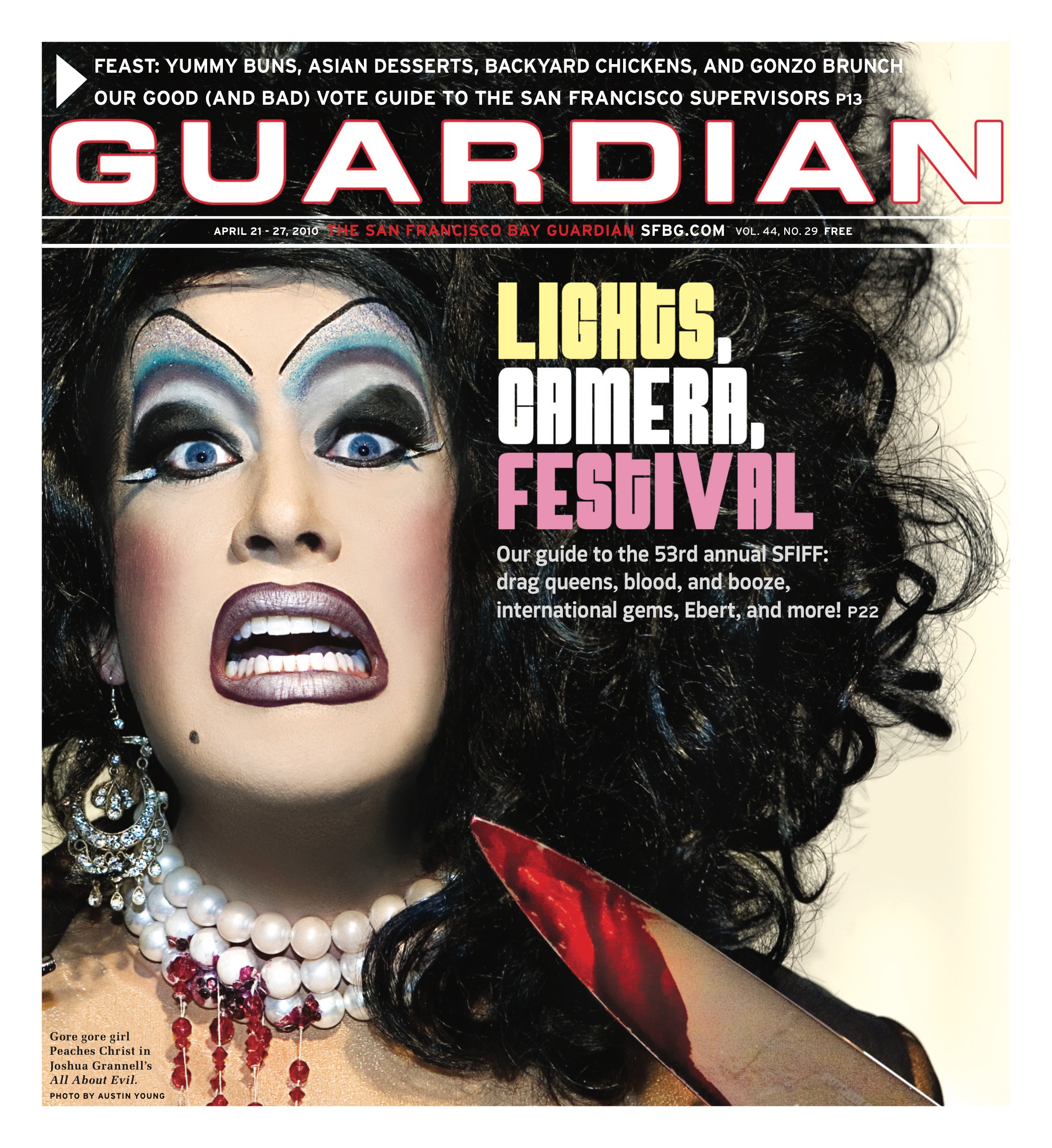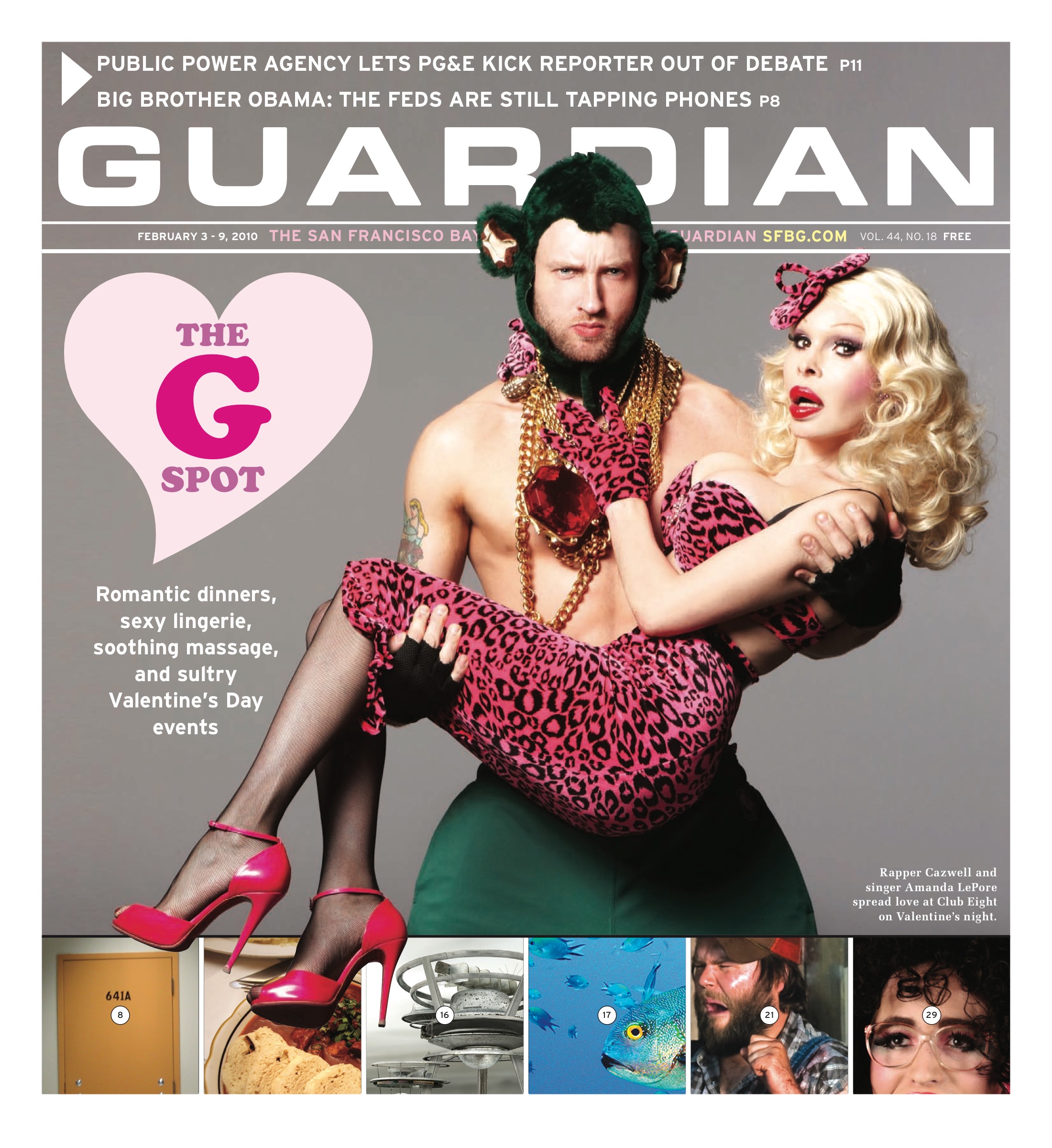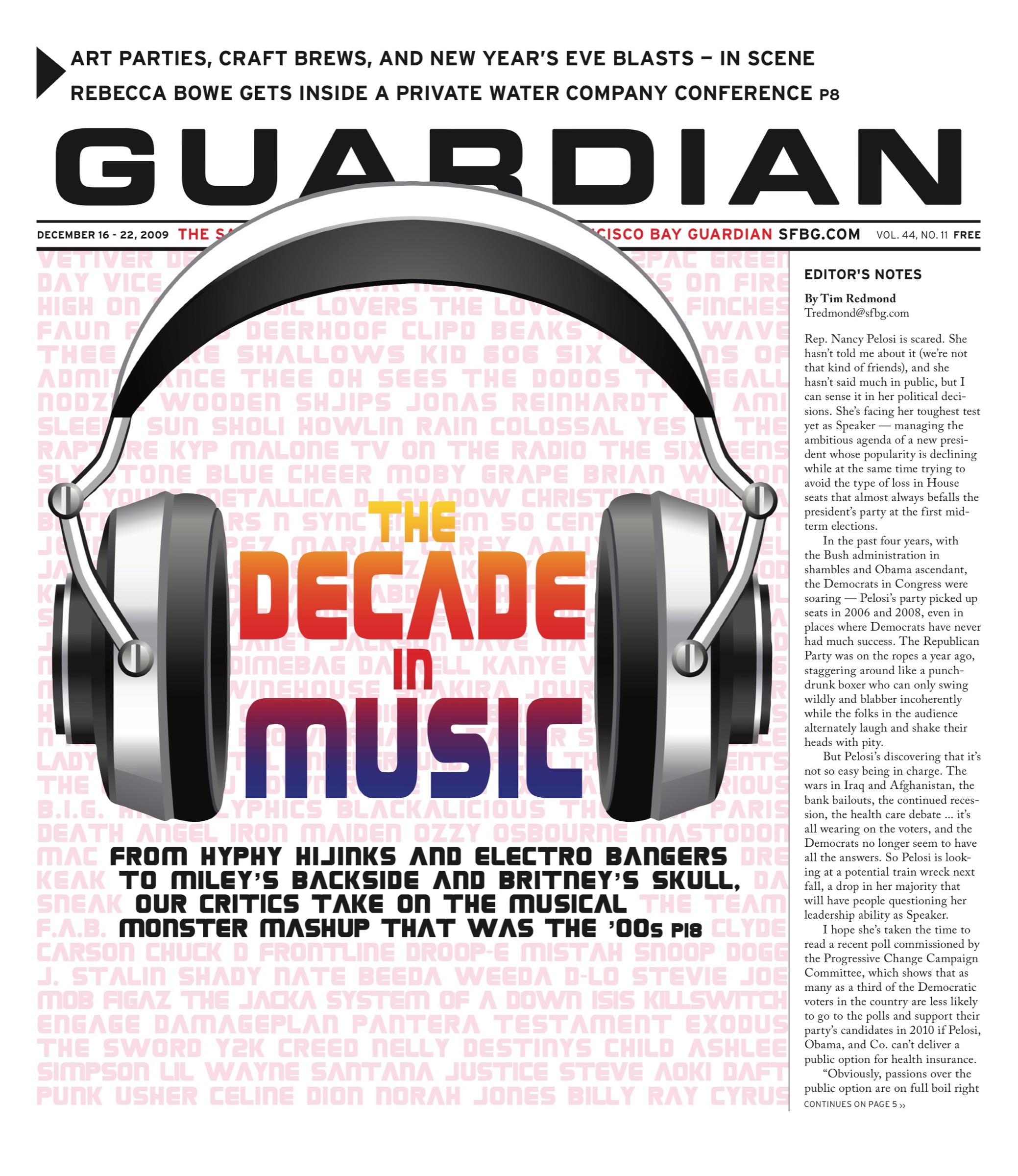A while back, I spoke to filmmaker Travis Mathews about his feature-length project, I Want Your Love. (While tha film is still in development, a demo clip is available for online viewing). In an effort to get another perspective on I Want Your Love, I spoke to Jesse, who appears in the film and in Travis’ other ongoing project, In Their Room. Jesse offered candid reflections and insight into pornography, sex in film, and staying hard throughout a shoot. Spoiler alert: “penis drugs.”
SF Bay Guardian: Before I Want Your Love, you worked with Travis on the intimate In Their Room project. How did you first get together?
Jesse: Travis asked me to do In Their Room, basically because we knew each other through a mutual friend. I remember he approached me and said he was looking for people who were just comfortable getting super expose about themselves in their own space. I’m a performance maker, anyway—it’s what I do. So I guess he just assumed that I would be comfortable with that.
SFBG: When he asked you to do I Want Your Love, were you at all apprehensive or was it something you wanted to do right away? It’s obviously a lot more explicit than In Their Room.
J: Well, it’s funny. It falls on two sides. On the one hand, I was not at all hesitant, because the project itself and the way it was pitched to me and the way Travis has been thinking about this project, is like a whole set of theories around the way sex operates in film that I’m super behind. Travis has this whole kind of sociosexual idea about their being a savvy and discerning audience that’s ready to see sex integrated naturally into the narratives that they see in film. You can see that more in European avant garde filmmaking, but not so much in the States for all sorts of systemic reasons. The reason why Travis set out to do this project was really interesting and fascinating to me, and I actually thought the story sounded really beautiful. The story of the feature is kind of this person who takes this big, intense, emotional inventory of his life in San Francisco because he’s forced to leave for any number of reasons. And that resonates with me. I’ve moved around a lot and I have a really sentimental connection to place. Place is a really big thing for me. So all that stuff was really great.
In terms of being hesitant about it being more explicit, the jury’s still out. I don’t think I really have a concept of what it means for me to be having sex on film. As a performing artist—I’m a choreographer in San Francisco, and my work is very curious about bodies and curious about bodily functions and responses and fatigue and posture and all these raw physical states. And so I work with nudity fairly frequently. So this to me is just one step further, in a sense. It’s just another exploration of the physical state. And I think I see it as that. But what I’m learning, especially with the release of the trailer for I Want Your Love, is that the way that I make something and that how it’s received by all these people who are seeing this are two very different things. And I think I might find reason to be worried in the future, but so far, I’m just kind of, deer in headlights. I don’t think I really have a concept of what it means for me to be doing this kind of work. I’ve never done it before.

Jesse from I Want Your Love
SFBG: You touched on a few things I wanted to talk about. But before we go into sex in film, I wanted to just focus on porn. What’s your take on the current state of pornography?
J: I have a lot of respect for an industry that employs as many people as it does and that, in a lot of ways, is transgressive and sex-positive. I think, especially in San Francisco, there are a lot of porn companies who are doing things that are not just about getting off, that are actually reshaping the way people think about sex. I mean, Kink.com has incredible politics. There are a lot of companies that have really great politics. But at the same time, I say I have a lot of respect for them because truthfully I don’t know a whole lot about the infrastructure of porn companies.
In terms of what I see when I’m watching porn and how it relates to Travis’ work, I don’t know if there’s a need for Travis’ work as pornography. I don’t know whether people want to keep their porn dirty and their films deep. I’m not really sure what people’s response to that will be. Apparently there’s been a response from a lot of people that I Want Your Love is like a very different and more full-bodied turn-on for them, because there’s something familiar and humble and flawed about the whole thing. But as it relates to contemporary porn, I don’t know. I’ve always just kind of seen porn as what it is, and it’s kind of like a fantasy place. I’ve never really wanted porn to be more realistic than it is for me, as a voyeur of porn. I guess it is what it is. I feel like my sexual relationships and my sexual partners and the world I’ve created there is very satisfying for me, in terms of reality. So I don’t really seek out reality. But there is a weird thing where people are projecting a lot of reality onto I Want Your Love. A lot of the comments on Butt are like, “Oh, it’s just so real. It’s like I know them. I’m in love with them.” It’s funny because, stylistically I understand that this is a little bit of a trick to make it seem more real. But there’s nothing more real about I Want Your Love than any other porn that you see, although I don’t know if we’re calling it porn.
Jesse and Brenden in I Want Your Love
SFBG: You talked about being new to this kind of exposure. What kind of response have you gotten? Between I Want Your Love and In Their Room, are you getting recognized by any strangers?
J: I mean, this probably touches on a lot of my personally psychology and insecurity, but I’ve had a really weird shadowy presence on both of these projects, which is very interesting to me. I was fascinated because on In Their Room, I received less attention or shout-outs or comments than almost anyone else in the film. I wouldn’t go so far as to say that’s a reflection of me being, like, a not attractive or not desirable figure in the movie, but there were a couple things I was curious about. One is that I had a much more sexually explicit scene than anyone else in the film. And I wondered if it was this kind of archaic idea of giving it up too soon, that I was damaged goods or something. Because it’s really interesting. I did receive notably less press or attention than almost anyone else in the film, which is funny.
And then the same goes for I Want Your Love. I mean, my scene partner in I Want Your Love, I think is a very cute, very prototypically attractive guy. For both of these films, I’ve actually been able to kind of—I don’t know if it’s a curse or a blessing. I don’t know if I should feel ugly, or how I’m supposed to feel. [laughs] But I have not actually been approached, talked about, blogged about really individually all that much. It’s always the other guys. I seem to be very neutral or unexciting. I don’t know. I just go into the studio and do what Travis asks me to do. But according to the discerning public, it’s always the others that are more interesting. [laughs]
SFBG: Let’s talk about your co-star a bit. Where do you begin building that rapport and chemistry when you’re filming an unsimulated sex scene with someone?
J: With Brenden, Brenden was someone that I was already having sex with. There was a really great, excited, very honeymoon-y chemistry between us. It was very distinctively sexually. We weren’t dating or anything like this. … Every time we would sit down and talk about new guys, it would be like, “Yeah, but honestly, I could fuck Brenden’s brains out right now and be thrilled about it.” There’s very raw, obvious chemistry. We already wanted to fuck—really, really badly.
SFBG: Well, do you think that adds to the realism people are talking about? Could they be picking up on the history between you guys?
J: Yeah, I guess so. Which makes me think about real porn and how they walk into a studio having never met their partner, and they have to just have it ready. Which then, brings up the idea of the penis drugs. Because Brenden and I, we totally have boners for each other, but then we took the penis drugs, because for a shoot, you have to do extraordinary things with your penis that you’ve never had to do in your entire life. And so, I wonder if it had been someone else, maybe I just could’ve taken a penis drug and I would have been fine.
SFBG: I wanted to touch back on the point you were making about sex in film and how that’s something you see more in European productions. Do you think American audiences are ready for this? Is it going to take more independent movies like Travis’ to push them in that direction?
J: I would say it’s difficult to comment on a question like that in the incubator that is San Francisco. We’re so colored by what the reality of the pervasive national idea is. That said, I think that we are moving toward being more ready for it. I think people need to see specific social cues of independent filmmaking in order to feel comfortable with this. I think if you hold their hand and show them things that make them feel like they’re watching—I can’t even think of an example right now. But if you give them little social cues in this work that remind them that they’re watching something that they would see at the Embarcadero Center or at YBCA—you know, people like to feel like they’re watching art. They like to feel like they’re there and they’re experiencing this thing, and they were a witness to this piece of art. So if you provide little ways for them to feel this way, I think they’ll swallow the medicine a little easier. A spoonful of sugar kind of thing.

